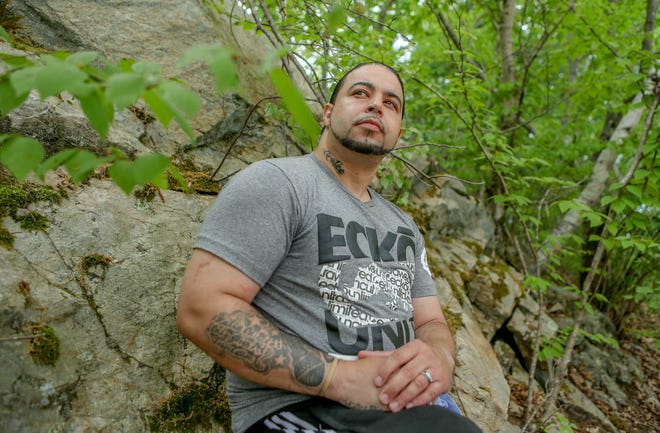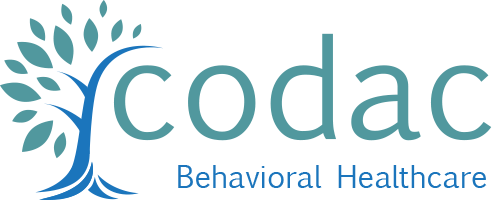G. Wayne Miller
The Providence Journal

WARWICK — Anthony Perito, 39, says he was in elementary school when he started using drugs.
“I was a big fan of Fred Flintstones chewable,” the multivitamin supplement for children, he said. “My friend kind of tricked me into it. He gave me an ecstasy tablet that was shaped like Fred Flintstone.”
A street drug, ecstasy is a psychoactive substance that alters mood, increases energy, and can have hallucinogenic effects. In the neighborhood of Taunton, Massachusetts, where Perito grew up, it was but one of many illicit drugs that were easily available.
“From there, I went to acid and marijuana,” Perito said. He began selling drugs, too, and as he grew older, he began using opioids, including Percocet, a drug that includes the painkiller oxycodone.
Perito found employment, fathered several children, and moved to Rhode Island — but he was addicted, the painful prospect of withdrawal keeping him hooked.
“About the most god-awful feeling you can imagine,” is how nationally renowned addiction specialist Dr. Josiah D. “Jody” Rich, of Miriam Hospital and Brown University’s Alpert Medical School, describes withdrawal.
“Opiates, once you’re on them, physically you need them,” Perito said. “I’d try to get off for two or three days and I’d end up sweating — my bones aching, my body aching, my muscles aching.”
So he kept using, during years when his addiction was a factor in repeated arrests and prison time for crimes including marijuana possession, shoplifting, and domestic assault.
“As soon as I got out of work, I was not even trying to go home,” he said. “I was trying to find somebody to get drugs off of because at that point in time, I wasn’t going to make it through the rest of the day without them.”
Perito’s life changed in the fall of 2018 when he was incarcerated at the Adult Correctional Institutions. That’s where he enrolled in a pioneering program created by Rich and others that provides medication-assisted treatment for addicts during incarceration — continuing, critically, after their release back into the community.
Nearly three years later, Perito remains off illicit drugs. He is employed and, he says, close to his young children.
He shares his story, he asserts, in hopes of helping others.
Record-setting year for overdoses in Rhode Island
Perito spoke with The Journal during an interview at a Thrive Behavioral Health center on Health Lane, near Kent Hospital. Thrive and CODAC Behavioral Healthcare, a statewide provider of addiction treatment and services, are partnering on a program to expand medication-assisted treatment in Kent County. The CODAC component is called CODAC Health Lane.
It comes during a period of severe crisis.
According to the Rhode Island Department of Health, there were 384 accidental drug overdose deaths in the state in 2020, more than any year on record to date, the department says. Data current as of June 3 indicates 100 such deaths this year.
The national picture is equally bleak. In a December report, the CDC wrote that “over 81,000 drug overdose deaths occurred in the United States in the 12 months ending in May 2020, the highest number of overdose deaths ever recorded in a 12-month period.”
The agency wrote that overdose deaths were already increasing before COVID-19 hit, but the latest numbers suggest that the trend accelerated during the pandemic.
The cutting of illicit drugs with fentanyl is seen as a major contributing factor nationally and in Rhode Island.
Deaths hit close to home
Perito is intimately familiar with this: unbeknownst to him, a dose of Percocet he bought one time on the street was laced with fentanyl, and but for the prompt response of EMTs, he said he might have become a statistic.
He remembers many who did.
“I’ve had a lot of people in my life that have been addicted to drugs,” Perito said, “and during this fentanyl epidemic, like just about every other week somebody’s died, whether it was my mom’s lifelong friend, or my uncle’s lifelong friend, or a friend of mine, a friend of my sister’s, a family member. It got to the point where I couldn’t even go to services anymore.”
Perito daily takes buprenorphine, sold under the brand name Suboxone, one of three medications the FDA has approved for treatment of Opioid Use Disorder (the others are methadone and naltrexone, sold as Vivitrol).
He also relies on a therapist, Jaimie Guiterrez, who is the program director at CODAC Health Lane. Listening and talking during counseling are key, he said.
“You can’t hold back,” Perito said. “If you hold back, it’s just like being an addict.”
The tipping point to addiction
Joining Perito for the interview was Linda Hurley, CODAC president and CEO. She described opioid addiction not as a moral failure or character flaw but as a disease, recognized as such by leading organizations, including the federal Substance Abuse and Mental Health Services Administration and the American Society of Addiction Medicine, which gives this definition:
“Addiction is a treatable, chronic medical disease involving complex interactions among brain circuits, genetics, the environment, and an individual’s life experiences. People with addiction use substances or engage in behaviors that become compulsive and often continue despite harmful consequences.”
Said Hurley: “We have always been as a society remarkably critical of diseases of the brain. For some reason, [some believe] a disease of the brain is something that we should manage on our own. The whole thing about stoicism.”
Free will at some point may be involved, Hurley said, but eventually, the opioid overwhelms.
“There’s a choice in the beginning, somewhere along the line,” Hurley said. “When it’s medication for pain, it’s a choice most people would make. Other times people use it recreationally. And then there is just one day that it’s not a choice anymore and that’s when the disease begins.”
On a medication-assisted treatment program, she said, “When you take the medicine, the brain settles down a little bit. You start to develop new pathways. … The goal of treatment is to facilitate and support and sustain the healing of your brain. If it takes five years or 25 years, it doesn’t matter. It’s the same as taking your diabetes medicine or your blood pressure medicine.”
The success of medication-assisted treatment has contributed to an overall rise in the number of clients CODAC serves: 2,498 thus far in the organization’s fiscal year 2021, which runs from July 1, 2020, through the end of this June; compared with 2,343 in CODAC’s fiscal year 2020, July 1, 2019, through June 30, 2020. Two-thirds of last year’s clients were male, with the one-third female. Nearly 90% were aged 18 to 65, with just over 10% older than 65, according to CODAC’s records.
What is recovery?
With support from then-Gov. Gina Raimondo, the Department of Corrections in 2016 established the ACI program that has helped Perito and many others. It was led by Dr. Jennifer Clarke, who was the Department of Corrections’ medical program director.
The first such program in the United States, it was deemed so pioneering that in 2018, the Journal of the American Medical Association Psychiatry, a peer-reviewed journal, published a study evaluating the impact on mortality in the state. The paper’s authors included Clarke, Brown University’s Traci Green, state Health Department Director Dr. Nicole Alexander-Scott, and Dr. Josiah D. Rich.
“We observed a large and clinically meaningful reduction in post-incarceration deaths from overdose among inmates released from incarceration after implementation of a comprehensive [medication assisted treatment] program,” the paper concluded. “It is remarkable that the reduction in mortality occurred in the face of a devastating, illicit, fentanyl-driven overdose epidemic.
In a recent interview with The Journal, Rich said that as important as the treatment approach is, “the medications are not recovery. The medications take that monster off your back; they block that that receptor” that brings craving, “so if you try and get high, you won’t.”
So what is recovery?
“I explain to patients that it’s really things that you’re working on. It’s not like it’s something where you get to the top of a mountain, you put the flag in, and you’re done.”
It can be a lifelong process.
The four components, according to Rich:
- “The first is working on your health, both your mental health and your physical health.”
- “The next is your home.” Some people are fortunate to have a place where they feel safe and loved, a good environment for recovery, Rich said, but those who do not should find a residence where they can live without fear or judgment. Whatever one’s four walls, he said, “you have to work on your relationships with the people in your home.”
- Also critical, he said, “is your community, the people around you, the people you interact with, you work with, you hang out with, you see at the grocery store. … If your community is full of people who are all using drugs, that’s not going to help you get recovery.”
- “The final one is your purpose,” Rich said. “You’ve got to work on your purpose. It could be just trying to stay out of jail for more than a week, or it could be getting a job and holding it for more than a week. It could be for your kid, or making your grandparents proud.”
‘The best high’
Perito would seem to be checking all those boxes.
“My new drug of choice is helping people,” he said. “That’s the best high. That’s the best part. It’s like watching my kids grow up.”


Recent Comments